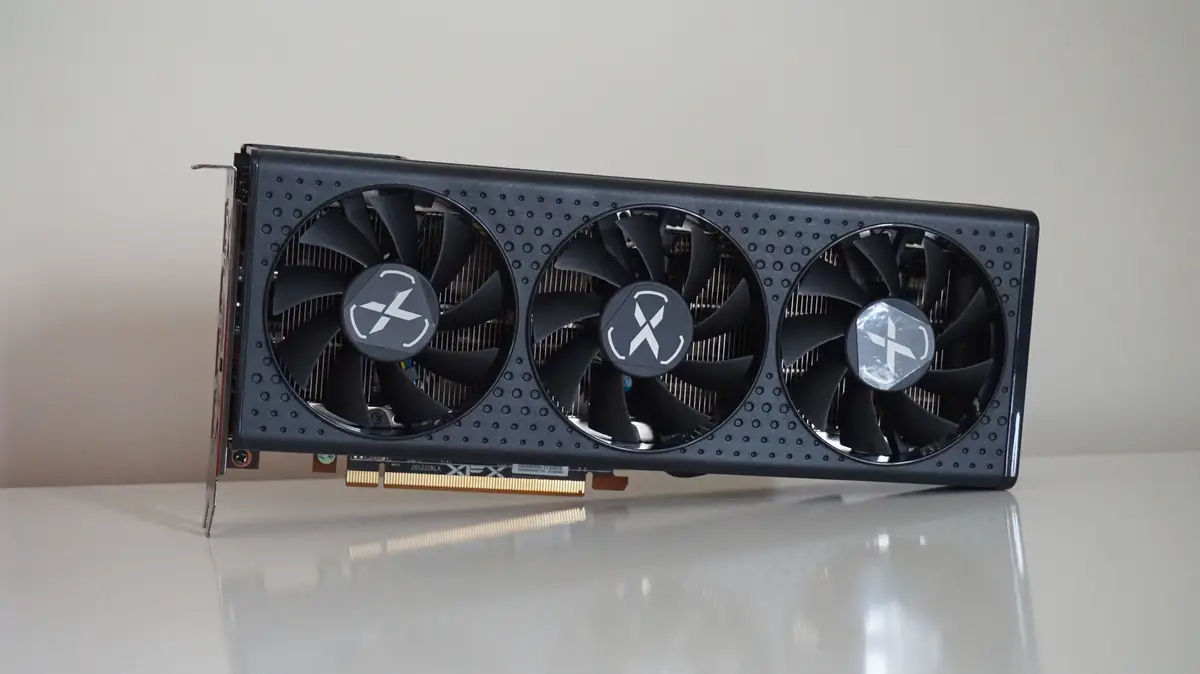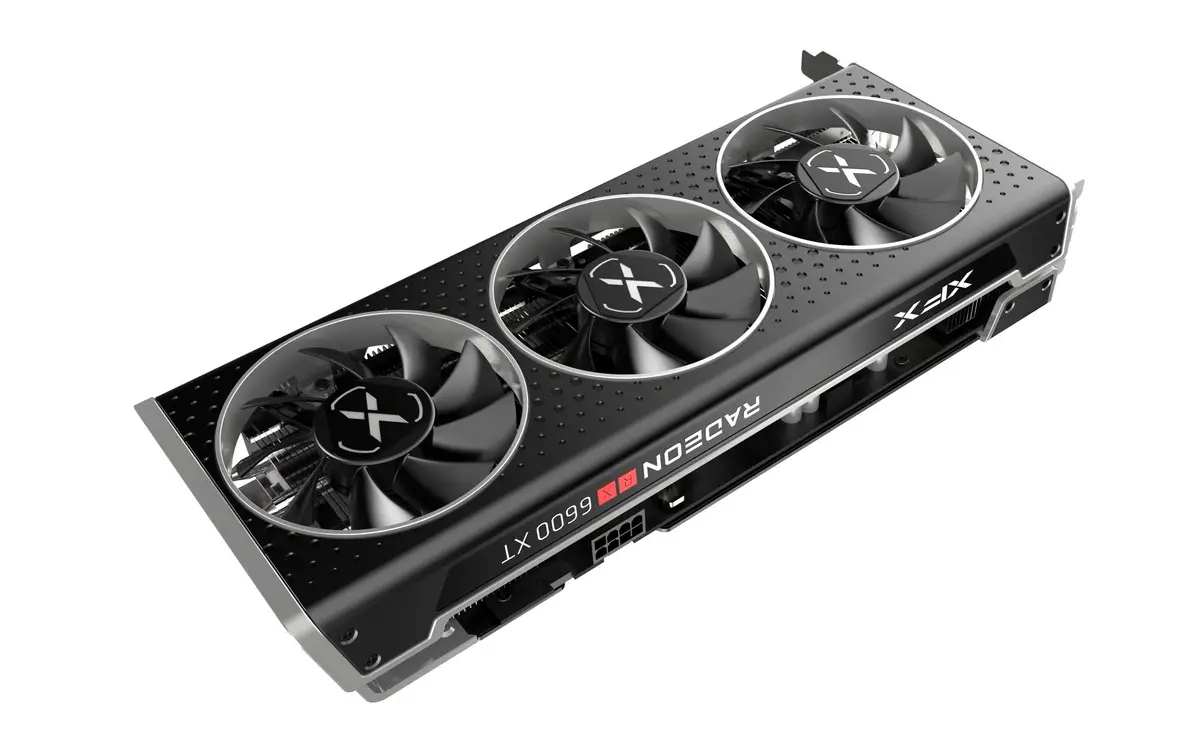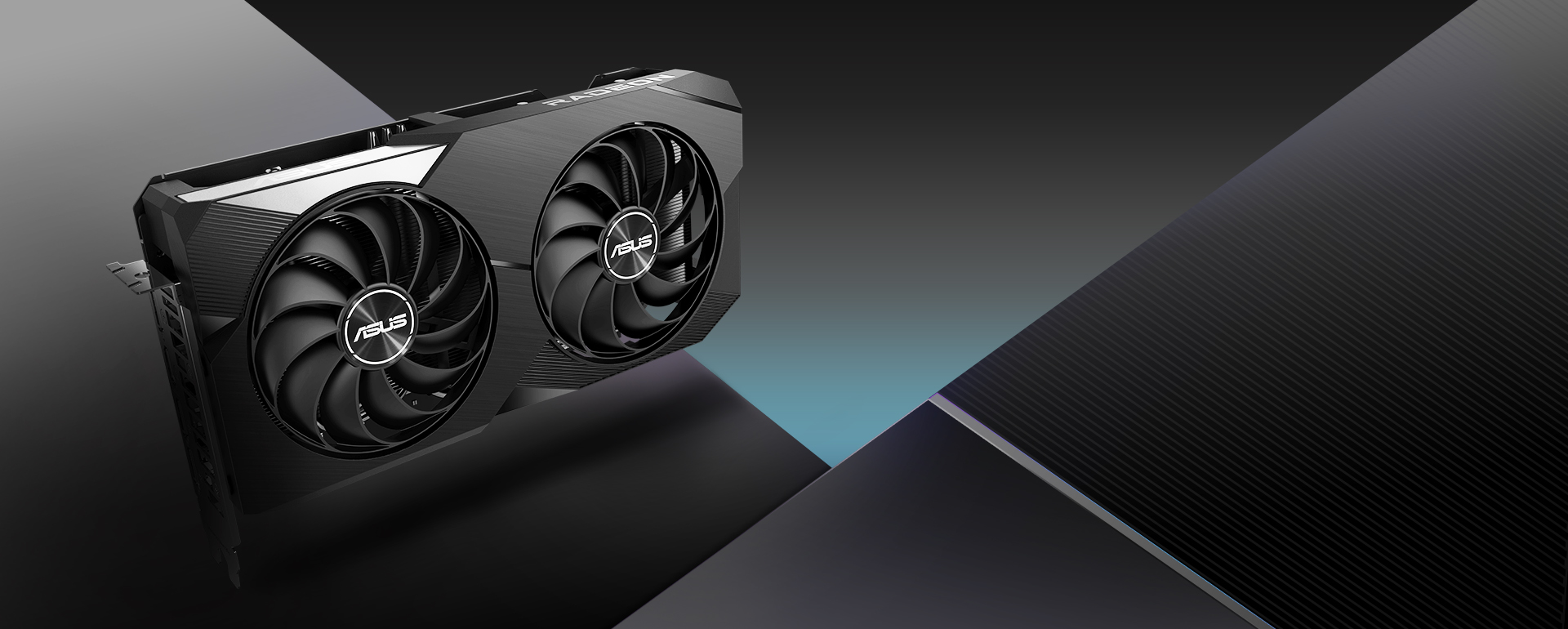When it comes to gaming graphics cards, the AMD Radeon RX 6600 and RX 6600 XT are two contenders that often go head-to-head. Both cards target gamers who are looking for solid performance at a mid-range price point. In this comparison, we’ll dive into the differences between the two GPUs, examining their performance metrics, price and value, power consumption, and feature sets. This information will help you decide which card is the better choice for your gaming needs and budget.
Frame Rates and Resolutions
Gaming Prowess at Popular Resolutions
The RX 6600 and RX 6600 XT are both designed to deliver quality gaming experiences, but they operate at different performance levels. The RX 6600 XT is positioned as the higher-performing card, with more compute units and a faster clock speed, which translates to better frame rates at both 1080p and 1440p resolutions. Meanwhile, the RX 6600, while slightly less powerful, still offers respectable performance, particularly at 1080p.
Head-to-Head in Real-World Benchmarks
To truly understand how these cards stack up against each other, real-world gaming benchmarks are invaluable. The RX 6600 XT often leads with higher frame rates in demanding titles thanks to its extra horsepower. The difference in performance is more noticeable in newer games with higher graphical fidelity, where the RX 6600 XT can maintain smoother gameplay under more strenuous conditions.

Balancing Cost with Gaming Needs
Initial Purchase Price and Market Availability
One of the main considerations when choosing between the RX 6600 and RX 6600 XT is the cost. Typically, the RX 6600 comes in at a lower price point, making it an appealing option for budget-conscious gamers. However, market availability can affect pricing, and sometimes deals or shortages may narrow the price gap between the two models, affecting the overall value proposition.
Long-Term Investment and Upgradability
Beyond just the sticker price, it’s important to consider the long-term value of your investment. The RX 6600 XT, with its higher performance, may be a better choice if you’re looking to future-proof your system. It’s also worth considering how often you plan to upgrade; if you’re likely to change your GPU frequently, the lower cost of the RX 6600 might make it a more economical choice in the long run.

Efficiency vs. Performance
TDP and System Power Requirements
The power consumption of a graphics card is a crucial factor for many PC builders, affecting both system design and ongoing energy costs. The RX 6600 has a lower TDP (Total Design Power) than the RX 6600 XT, meaning it will generally use less power and produce less heat. This can be important for builders with smaller cases, less robust cooling solutions, or less powerful power supply units.
Balancing Power with Gameplay Demands
When comparing the RX 6600 to the RX 6600 XT, it’s essential to balance power efficiency with your performance needs. If you prioritize a cooler and quieter system, the RX 6600 may be the better choice. However, if you’re willing to accommodate slightly higher power usage for better performance, the RX 6600 XT is the way to go.

Enhancing Gaming Experiences
Technology Support for Cutting-Edge Gaming
Both the RX 6600 and RX 6600 XT support a range of AMD’s latest technologies, including FidelityFX Super Resolution (FSR) for improved performance in supported titles and Radeon Anti-Lag for more responsive gaming. The RX 6600 XT may have a slight edge in how these features perform due to its higher specs, but both cards offer a suite of tools to enhance gaming experiences.
Software and Driver Ecosystem
AMD’s commitment to driver optimization means both the RX 6600 and RX 6600 XT benefit from continuous software updates that can improve performance and compatibility over time. When selecting between the two, consider the long-term support and potential feature enhancements through AMD’s Radeon Software updates, which can add value to your GPU purchase.

Comparing Architectural Differences
Core Specifications and Memory
The core specifications of a GPU play a significant role in its performance. The RX 6600 XT boasts more compute units and a higher base and boost clock speed compared to the RX 6600, contributing to its superior performance. Both cards come equipped with 8 GB of GDDR6 memory, but the RX 6600 XT often has a higher memory clock speed, which can improve gaming and application performance where memory bandwidth is a bottleneck.
Impact of Architectural Enhancements
Although the RX 6600 and RX 6600 XT are based on the same RDNA 2 architecture, the differences in their core specs translate to variances in their capabilities. The architectural enhancements in the RX 6600 XT, such as increased ray accelerators and higher clock frequencies, give it an edge in rendering complex scenes and maintaining higher frame rates. Gamers who enjoy graphically intensive games will likely notice smoother performance on the RX 6600 XT.

Choosing for Your Use Case
Gaming Preferences and Monitor Resolution
Your choice between the RX 6600 and RX 6600 XT should be influenced by your gaming preferences and the resolution of your monitor. If you primarily play less demanding games or are content with gaming at 1080p resolution, the RX 6600 may serve your needs well while saving you money. However, if you aim for higher resolutions like 1440p or indulge in more graphically intensive games, the RX 6600 XT would be the preferable option, provided it fits within your budget.
Considerations for Creators and Streamers
For content creators and live streamers, GPU performance can impact work efficiency and stream quality. While both the RX 6600 and RX 6600 XT are capable of handling video editing and streaming tasks, the RX 6600 XT’s higher processing power might offer a smoother experience when dealing with high-resolution video editing or when streaming demanding games. If these activities are part of your regular use, investing in the RX 6600 XT could be beneficial.
In conclusion, choosing between the AMD Radeon RX 6600 and RX 6600 XT involves a thorough comparison of performance, price, power consumption, and features. The RX 6600 XT takes the lead in raw performance, making it suitable for gamers looking for higher frame rates and a more future-proof setup. On the other hand, the RX 6600 offers compelling value and efficiency, aligning with the needs of budget-friendly builds and those prioritizing energy savings. Ultimately, your decision should align with your specific gaming preferences, system requirements, and budget constraints. Both cards offer strong gaming capabilities, and by weighing their pros and cons, you can select the ideal GPU to power your gaming adventures.


